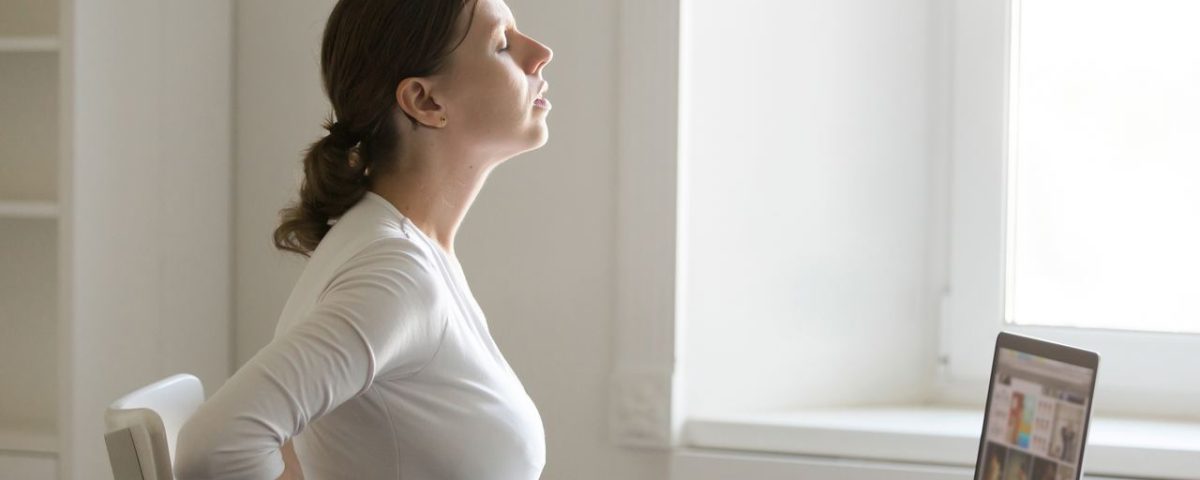Adult scoliosis

Spinal deformities in adults can have a significant impact on their quality of life. Adult scoliosis that occurs in adolescence can be divided into 3 age categories: younger (18-30 years), middle (30-40 years) and older (over 40 years) and is defined as a deformity of the spine greater than 10 degrees at the Cobb angle in individuals who have completed growth and development.
Adult scoliosis most often occurs as a consequence of untreated or inadequately treated adolescent idiopathic scoliosis. Patients with adult scoliosis have a different clinical and radiological picture compared to patients with adolescent idiopathic scoliosis. Differences include degenerative changes within the curve, a natural history of deformity progression, and clinical symptoms.
Degenerative changes lead to an increase in the asymmetric load, and thus to the progression of the deformity. The presence of osteoporosis supports the progression of the curve, especially in postmenopausal women. The collapse of the disc, facet joints and capsules also leads to the correction of lumbar lordosis, which makes the spinal column unstable.
Pain is one of the most common symptoms of people with adult scoliosis. The pain is mostly along the convexity of the curve and can often be the result of muscle fatigue and spasm, but it can also occur due to degenerative changes in the facets, which is why it is very important to deal with clinical, radiological and neurological examinations. Back pain can be present only when standing upright, most often due to prolonged standing or sitting, or only during certain movements or physical activity.
When we talk about adult scoliosis, it is inevitable to mention "de novo" scoliosis. De novo scoliosis is a term used in adult patients who do not have a history of scoliosis as adolescents, but in adulthood there is a deformity that can be progressive in nature and is associated with degenerative changes in the spine. This type of scoliosis rarely occurs before the age of 40. Osteoporosis, degenerative changes in the disc and stenosis of the spinal canal accelerate the development of degenerative scoliosis. Patients with degenerative lumbar scoliosis often have back or lower extremity pain.
It should be noted that adult scoliosis can be treated surgically and non-operatively. Surgical treatment should be considered only if non-surgical treatment does not give effect and does not promise significant long-term improvement. The very beginning of non-operative treatment of degenerative scoliosis usually begins with medication, postural exercise and pool therapies.
It is important to note that the goal of treating adult scoliosis is not based on curvature correction, but on reducing pain and any accompanying neurological problems. In some cases, it is useful to include bracing for better control and stabilization of the spine.
When it comes to postural exercise, the Schroth method has proven to be one of the most effective when it comes to correcting scoliosis. The goals of Schroth treatment differ between children and adults. In adolescence, the focus is on stopping and reducing scoliotic curvature, while in adults the treatment is based on increasing functionality, reducing pain as well as stopping further progression of scoliotic curvature. Unlike children, in adults, radiological reduction of curvature is not possible.
Taking all this into account, it is very important to timely diagnose and treat adult scoliosis because it can significantly affect the quality of life of the elderly.
